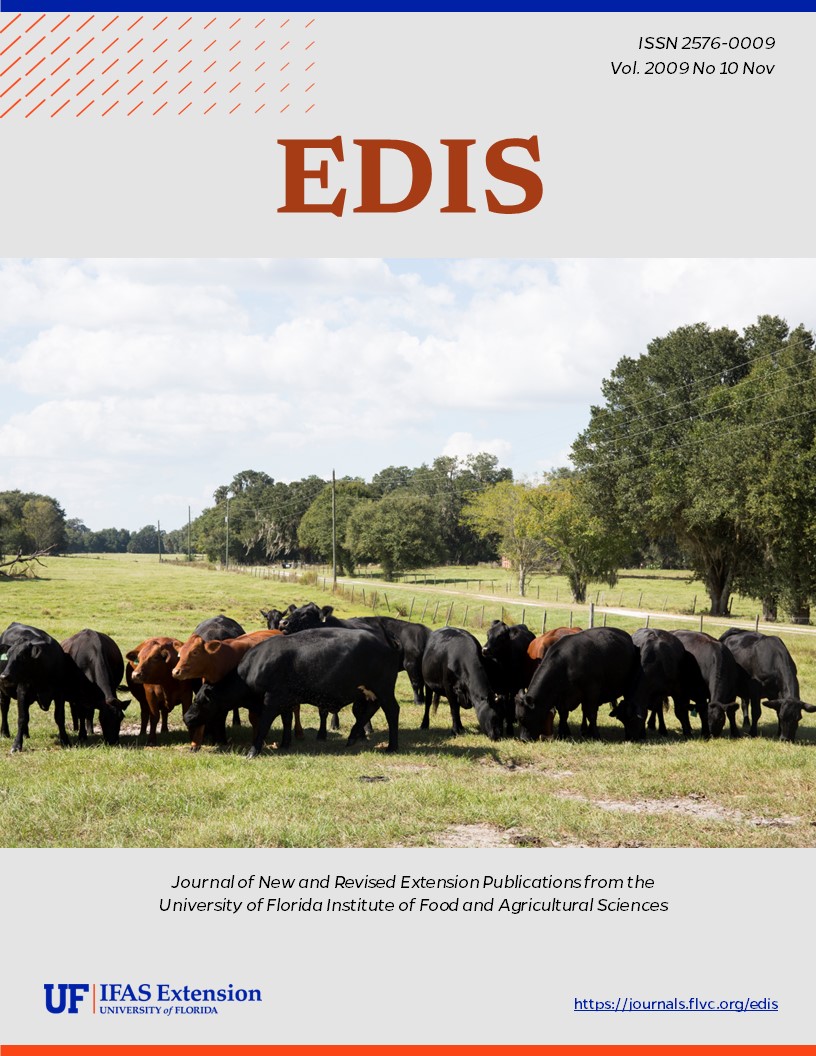Abstract
Revised! FCS2140, a 4-page fact sheet by Kate Fogarty and Garret D. Evans, outlines five roles fathers tend to use to define themselves: participator/problem-solver, playmate, principled guide, provider, and preparer. Includes references. Published by the UF Department of Family Youth and Community Sciences, November 2009.
References
Badalament, J. (2008). Engaging modern dads in schools. Independent School, 67. [Online] Retrieved November 10, 2008 from http://www.pressomatic.com/tridentacademy/upload/msilgals//Why%20Schools%20Need%20to.pdf.
Diamond, M.J. (2007). My Father Before Me: How Fathers and Sons Influence Each Other Throughout Their Lives. New York: W. W. Norton & Company
Doucet, A. (2006). Do Men Mother? Fathering, Care, and Domestic Responsibility. Toronto: University of Toronto Press.
Gordon, A., & Browne, K.W. (1996). Guiding Young Children in a Diverse Society. Boston, MA: Allyn & Bacon.
Jain, A., Belsky, J. & Crnic. K. (1996). Beyond fathering behaviors: Types of dads. Journal of Family Psychology, 10, 431-442. https://doi.org/10.1037/0893-3200.10.4.431
Kazura, K. (2000). Fathers' qualitative and quantitative involvement: An investigation of attachment, play, and social interactions. The Journal of Men's Studies, 91, 41-57. https://doi.org/10.3149/jms.0901.41
Marsiglio, W., Amato, P., Day, R.D., & Lamb, M.E. (2000). Scholarship on fatherhood in the 1990s and beyond. Journal of Marriage & the Family, 62, 1173-1191. https://doi.org/10.1111/j.1741-3737.2000.01173.x
Marsiglio, W. (1995). Fatherhood: Contemporary Theory, Research, and Social Policy. Thousand Oaks, CA: Sage. https://doi.org/10.4135/9781483327242
Nicholson, J.S., Howard, K.S., & Borkowski, J.G. (2008). Mental models for parenting: correlates of metaparenting among fathers of young children. Fathering: A Journal of Theory, Research, and Practice, 6, 39-61. https://doi.org/10.3149/fth.0601.39
Palkovitz, R. (2002). Involved fathering and child development: Advancing our understanding of good fathering. In C.S. Tamis-LeMonda & N. Cabrera (Eds.), Handbook of Father Involvement: Multidisciplinary Perspectives (pp. 119-140). Mahwah, NJ: Lawrence Erlbaum.
Palkovitz, R., & Palm, G. (2009). Transitions within fathering. Fathering: A Journal of Theory, Research, and Practice, 7, 3-22. https://doi.org/10.3149/fth.0701.3
Parke, R.D., McDowell, D.J., Kim, M., Killian, C., Dennis, J., Flyr, M.L., & Wild, M.N. (2002). Fathers' contributions to children's peer relationships. In C.S. Tamis-LeMonda & N. Cabrera (Eds.), Handbook of Father Involvement: Multidisciplinary Perspectives (pp. 141-167). Mahwah, NJ: Lawrence Erlbaum.
Pleck, J.H., & Masciadrelli, B.P. (2004). Paternal involvement by U.S. residential fathers: Levels, sources and consequences. In M.E. Lamb (Ed.), The Role of the Father in Child Development, 4th Edition (pp. 222-271). Hoboken, NJ: Wiley.
Wall, G., & Arnold, S. (2007). How involved is involved fathering? An exploration of the contemporary culture of fatherhood. Gender & Society, 21, 508-527. https://doi.org/10.1177/0891243207304973

